Introduction
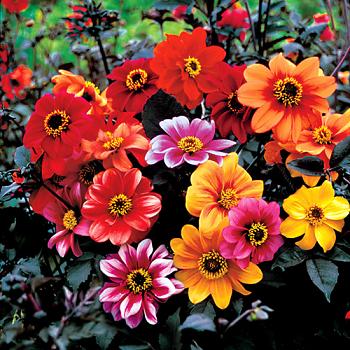
The Bishop’s Children dahlia is a stunning and versatile flower that is perfect for any garden. It is a member of the Dahlia variabilis species, which is native to Mexico and Central America. The Bishop’s Children dahlia is known for its bright and colorful blooms, which can be found in a wide range of colors, including red, orange, yellow, pink, and purple. The flowers are also typically single or semi-double in form, with a daisy-like appearance.
In addition to its beautiful blooms, the Bishop’s Children dahlia is also a relatively easy flower to grow. It can be grown from seed or tubers, and it is relatively tolerant of a variety of soil types and conditions. However, it is important to note that the Bishop’s Children dahlia is a tender perennial, meaning that it will not survive the winter in cold climates.
| Feature | Bishop’s Children Dahlia |
|---|---|
| Type | Dahlia variabilis |
| Flower type | Single |
| Flower color | Multicolored Flowers |
| Foliage color | Dark burgundy |
| Height | 60-75cm (24-30 inches) |
| Spread | 45cm (17.7 inches) |
| Hardiness | Half-hardy annual |
| Ideal for | Patio, cottage gardens, exotic gardens, cut flower gardens |
| Position | Full sun |
| Planting distance | 12-18 inches |
| Culinary note | All dahlia flowers and tubers are edible |
10 Plants With Multicolored Flowers To Brighten Your Garden
The Bishop’s Children dahlia is a stunning and versatile flower that is perfect for any garden. It is a member of the Dahlia variabilis species native to Mexico and Central America. The Bishop’s Children dahlia is known for its bright and colorful blooms, which can be found in a wide range of colors, including red, orange, yellow, pink, and purple. The flowers are also typically single or semi-double in form, with a daisy-like appearance.
In addition to its beautiful blooms, the Bishop’s Children dahlia is also a relatively easy flower to grow. It can be grown from seed or from tubers, and it is relatively tolerant of a variety of soil types and conditions. However, it is important to note that the Bishop’s Children dahlia is a tender perennial, meaning that it will not survive the winter in cold climates.
Growing Bishop’s Children Dahlias from Seed
To grow Bishop’s Children dahlias from seed, sow the seeds indoors 6-8 weeks before the last frost date in your area. To grow your seeds successfully, start by sowing them on the surface of a moist seed starting mix. After that, cover them with a thin layer of vermiculite. Then, place the seed tray in a warm location with a temperature of 70-75 degrees Fahrenheit. Ensure you keep the soil moist to facilitate germination. The seeds should sprout within 7-14 days.
Once the seedlings have emerged, transplant them into individual pots. Grow the seedlings indoors until they are strong enough to be transplanted outdoors after the last frost date.
Growing Bishop’s Children Dahlias from Tubers
For Bishop’s Children dahlias, it’s best to start tubers indoors a few weeks before the last frost date. This helps produce more flowers.
To start Bishop’s Children dahlia tubers indoors, place them in a shallow tray filled with moist peat moss or sand. Place the tray in a warm location (70-75 degrees Fahrenheit) and keep the peat moss or sand moist. The tubers should sprout within 2-3 weeks.
Once the tubers have sprouted, transplant them into individual pots. Grow the plants indoors until they are strong enough to be transplanted outdoors after the last frost date.
Planting Bishop’s Children Dahlias Outdoors
Bishop’s Children dahlias should be planted in a sunny location with well-drained soil. Amend the soil with compost or manure before planting. Space the plants 18-24 inches apart.
Water the Bishop’s Children dahlias regularly, especially during hot weather. Fertilize the plants every 2-3 weeks with a balanced fertilizer.
Pinching Back Bishop’s Children Dahlias
To encourage bushiness and more blooms, pinch back the tips of the Bishop’s Children dahlia plants when they are about 6-12 inches tall.
Staking Bishop’s Children Dahlias
Bishop’s Children dahlias can grow to be 3-4 feet tall. Stake them early in the growing season to support the plants and prevent them from falling over.
Deadheading Bishop’s Children Dahlias
To encourage continued blooming, deadhead the Bishop’s Children dahlia plants regularly. This means removing spent blooms from the plants.
Overwintering Bishop’s Children Dahlias
Bishop’s Children dahlias are not cold hardy, so they must be overwintered indoors if you live in a cold climate. Dig up the tubers in the fall after the first frost to overwinter Bishop’s Children dahlias. Cut the stems back to about 4 inches and store the tubers in a cool, dry place.
In the spring, replant the tubers in the garden after the last frost date.
Pests and Diseases
Bishop’s Children dahlias are susceptible to several pests and diseases, including aphids, earwigs, slugs, snails, and powdery mildew. To prevent pests and diseases, inspect the plants regularly and take steps to control them as soon as they are discovered.
Harvesting Bishop’s Children Dahlias
Bishop’s Children dahlias can be harvested for fresh-cut flowers or dried flowers. To harvest fresh-cut flowers, cut the stems at an angle with a sharp knife. Place the flowers in a vase of fresh water and enjoy
Varieties of Bishop’s Children Dahlias
There are some different varieties of Bishop’s Children dahlias available. Some of the most popular varieties include:
- Bishop’s Children Mix: This mix produces a variety of different colored flowers, including red, orange, yellow, pink, and purple.
- Bishop’s Children Red: This variety produces red flowers with dark red foliage.
- Bishop’s Children Orange: This variety produces orange flowers with dark red foliage.
- Bishop’s Children Yellow: This variety produces yellow flowers with dark red foliage.
- Bishop’s Children Pink: This variety produces pink flowers with dark red foliage.
- Bishop’s Children Purple: This variety produces purple flowers with dark red foliage.
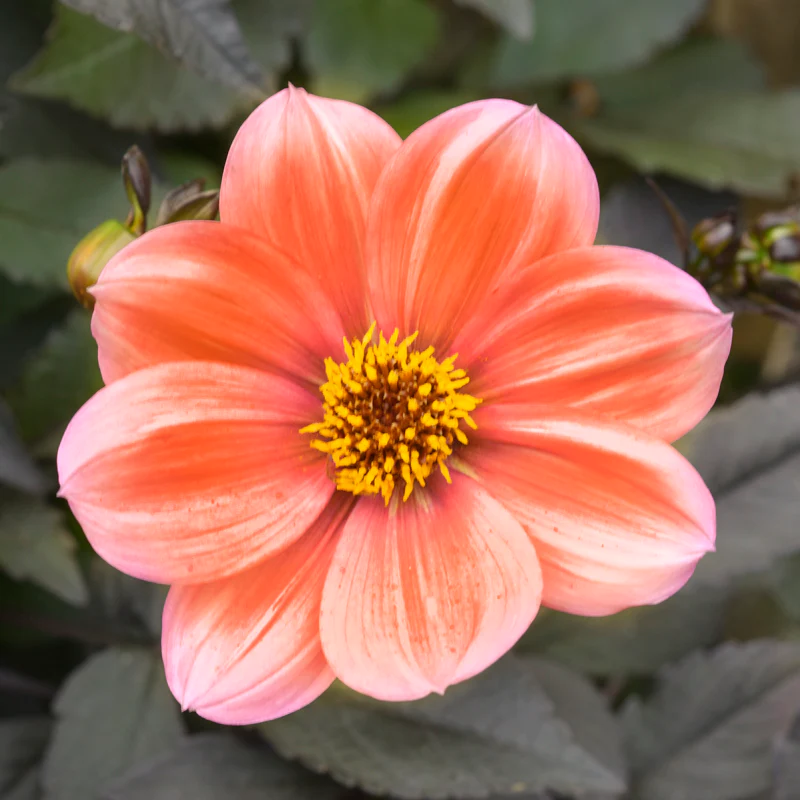
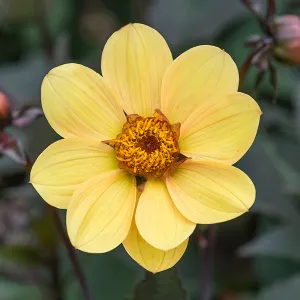
Uses for Bishop’s Children Dahlias
Bishop’s Children dahlias are versatile flowers that can be used in a variety of ways. They are popular for use in cut flower arrangements, and they can also be used in dried flower arrangements. Bishop’s Children dahlias are also a popular choice for planting in gardens and borders.
Companion Plants for Bishop’s Children Dahlias
Bishop’s Children dahlias look great when planted with a variety of other flowers, including:
Troubleshooting Bishop’s Children Dahlias
Here are some common problems that can occur when growing Bishop’s Children dahlias:
- Aphids: Aphids are small, green insects that can suck the sap from Bishop’s Children dahlia plants. To control aphids, use an insecticidal soap or neem oil.
- Earwigs: Earwigs are brown or reddish-brown insects that can damage the foliage of Bishop’s Children’s Dahlia plants. To control earwigs, set traps around the garden or use an insecticidal soap.
- Slugs: Slugs are slimy creatures that can eat the foliage and flowers of Bishop’s Children’s dahlia plants. To control slugs, use a slug bait or pick them off the plants by hand.
- Snails: Snails are similar to slugs, but they have a shell. To control snails, use a snail bait or pick them off the plants by hand.
- Powdery mildew: Powdery mildew is a fungal disease that can cause white powdery growth on the leaves of Bishop’s Children’s Dahlia plants. To control powdery mildew, use a fungicide or spray the plants with a solution of one part milk and two parts water.
Conclusion
Bishop’s Children dahlias are beautiful and versatile flowers that are perfect for any garden. They are relatively easy to grow and care for, and they come in a wide range of colors. If you are looking for a flower that will add beauty and color to your garden, consider growing Bishop’s Children dahlias.
Additional Tips for Growing Bishop’s Children Dahlias
- Bishop’s Children dahlias prefer full sun, but they can tolerate some light shade.
- Bishop’s Children dahlias need well-drained soil.
- Water Bishop’s Children dahlias regularly, especially during hot weather.
- Fertilize Bishop’s Children dahlias every 2-3 weeks with a balanced fertilizer.
- Pinch back the tips of Bishop’s Children’s dahlia plants when they are about 6-12 inches tall to encourage bushiness and more blooms.
- Stake Bishop’s Children dahlias to support the plants and prevent them from falling over.
- Deadhead Bishop’s Children dahlias regularly to encourage continued blooming.
- Overwinter Bishop’s Children dahlias indoors if you live in a cold climate.
Enjoy your beautiful Bishop’s Children dahlias!

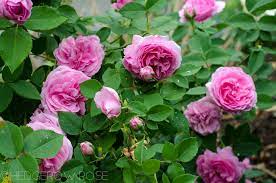

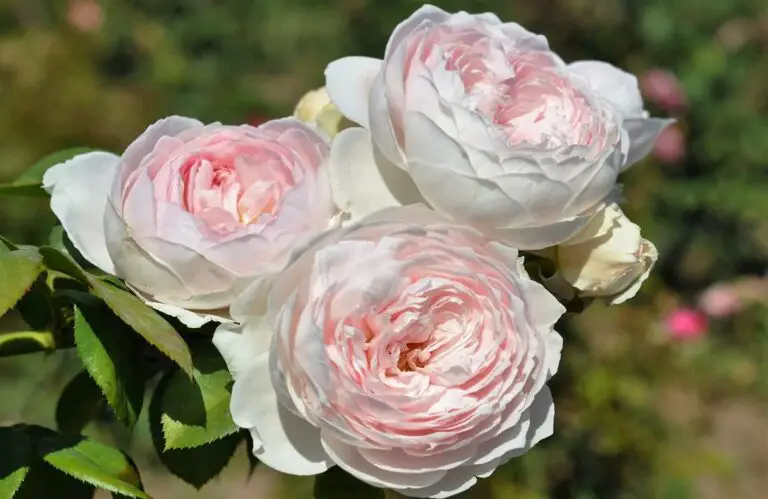
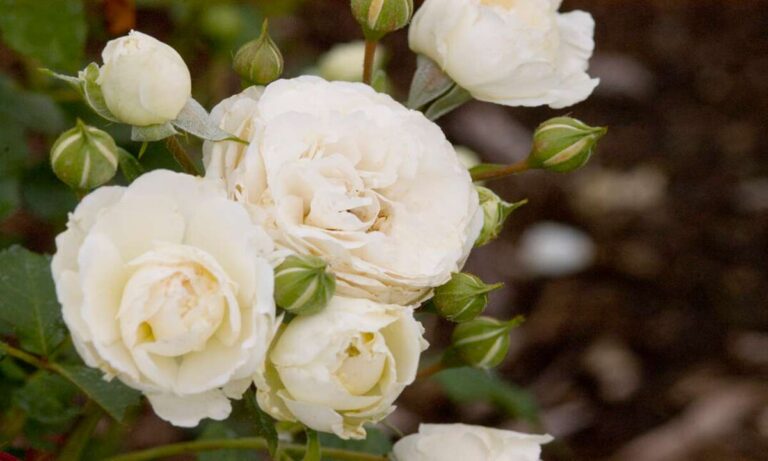
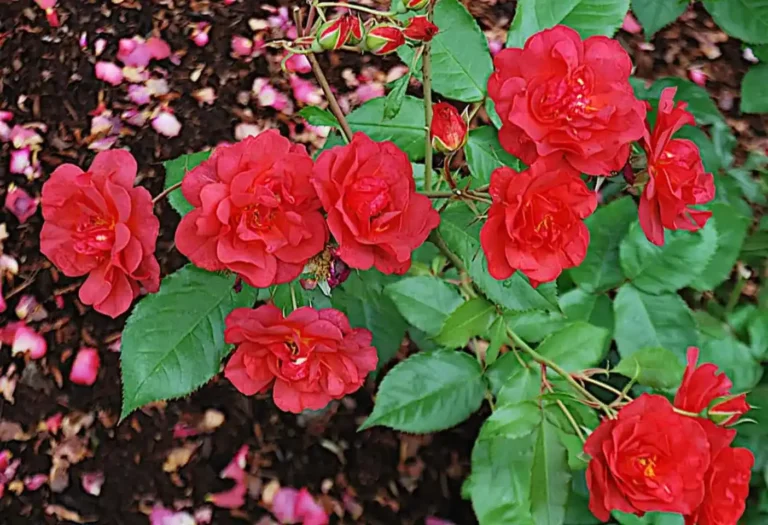


Thank you for your sharing. I am worried that I lack creative ideas. It is your article that makes me full of hope. Thank you. But, I have a question, can you help me?
Yes I will try to help you. What is your problem?
Can you be more specific about the content of your article? After reading it, I still have some doubts. Hope you can help me.